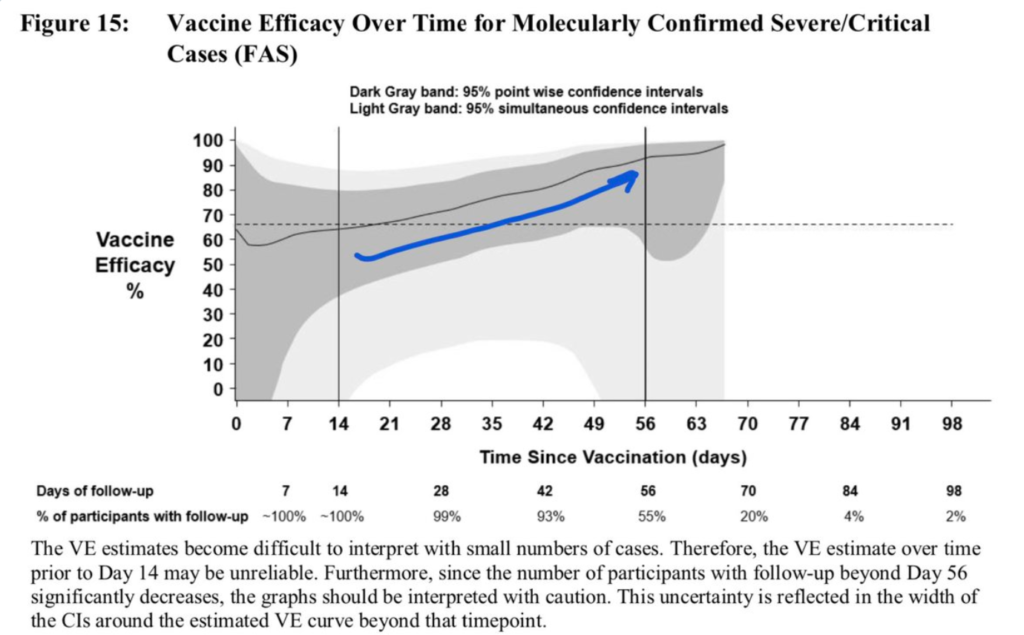Variants
The New York Times has an article talking about the naming of variants. Basically, it’s hard to make strain names memorable while also avoiding place names, people’s names, and names of animals. 🙁
There are a few ways that scientists figure out how resistant a variant is to a vaccine. One is to look at what happens in the real world when a population that has immunity to COVID Classic (either via vax or prior infection) encounters a new strain. That’s hard to do, though, because you don’t always know who had COVID Classic before. So something they do a lot is take blood with COVID Classic antibodies and put the new strain in and see if the antibodies “clear” the virus, i.e. bind to it and neutralize it.
However, antibodies, which are manufactured by B cells, are only one piece of the immune system. (The immune system is wicked complex.) B cells are a hella important part of the immune system, but not the only part. That means that this kind of test will underestmate how well someone’s body will fight a new strain.
Enter this preprint. The research looked at how well T-cells kill off cells infected with a COVID strain, and found that the T cells worked pretty much as well against the mutants as against COVID Class. Yay!
We knew that the B.1.1.7 strain was more contagious. It looks like it’s 70% more contagious. That’s a lot. Shit.
Immunology
Women have stronger immune systems than men. This article in The Scientist looks at why, at more technical level than The New York Times would, but at a less technical level than a research paper.
USA
President Joe Biden said that they now have enough supply to vaccinate everybody in the US. As someone who lives right next door to the US, I am very happy about that. Perhaps it means they won’t spread COVID to us as much.
Merck is going to help make Johnson & Johnson’s vaccine in the USA. Given that the US is going to have all the vax they need very soon (see above), then it follows that they will then start exporting it. We in Canada might not need it by then, but it’s good for us if everybody else gets a vaccine. Nobody is safe until everybody is safe, because the more people have it, the more likely to get a variant.
Buried in the article is a mention that it takes two months to grow the vaccine, and another five or six weeks to do “fill-finish” (test, put in vials, label). Fill-finish is apparently currently a bit of a bottleneck.
Vaccines
Someone did a deep dive on Twitter on the Johnson&Johnson vaccine, and said it’s better than you might think from the numbers which get printed in news articles. He says it is just as good as the mRNA vaccines.
One of the things he points out is that the J&J vaccine keeps getting better. Unlike the mRNA vaccines, which have a bit of a dropoff after five weeks, the J&J just keeps getting better, even up to day 56, maybe longer:

More than one person has pointed out that the graphic above looks like Johnson & Johnson’s Johnson. :giggle: :snrk:
McMaster University is working on a vaccine. (Go Canada!)
Dementia
There’s a very sad article in the Washington Post which says that there were sixteen percent more deaths from Alzheimer/dementia than normal. There was greater isolation, which makes dementia worse, and — while they didn’t come out and say it quite so bluntly — the patients probably were getting worse care.
